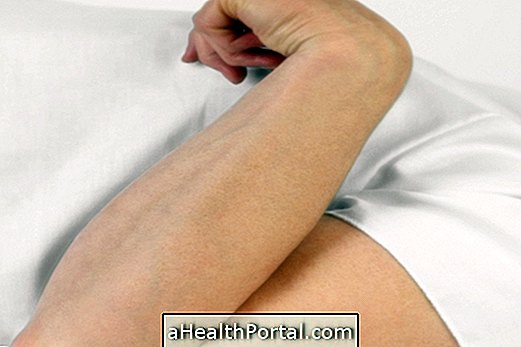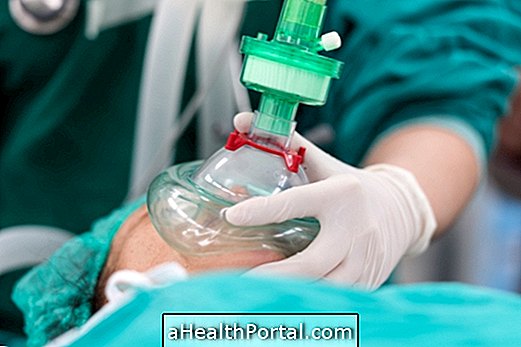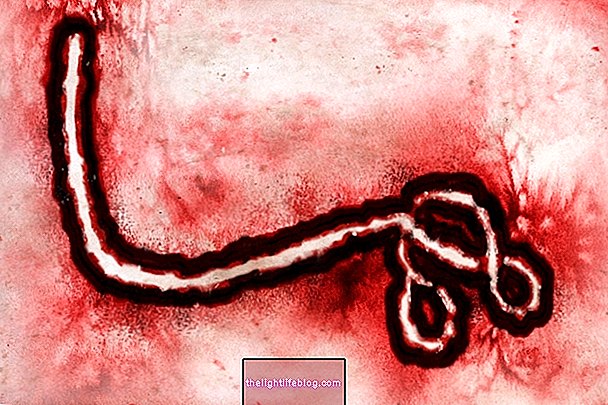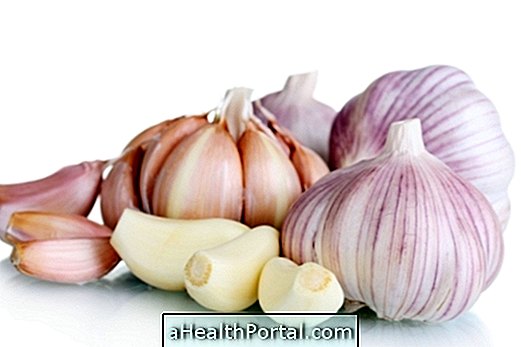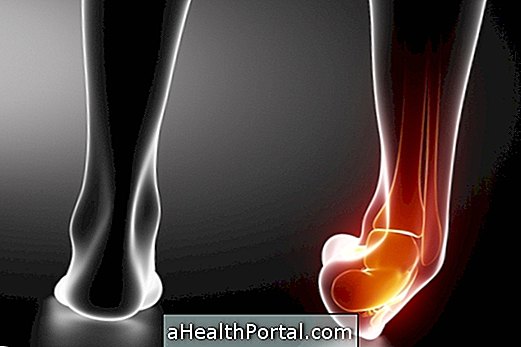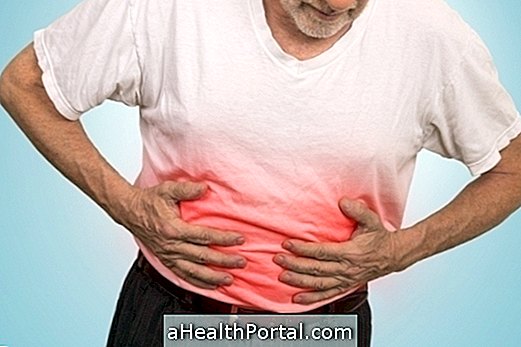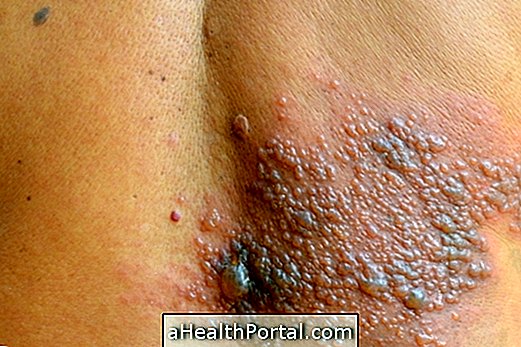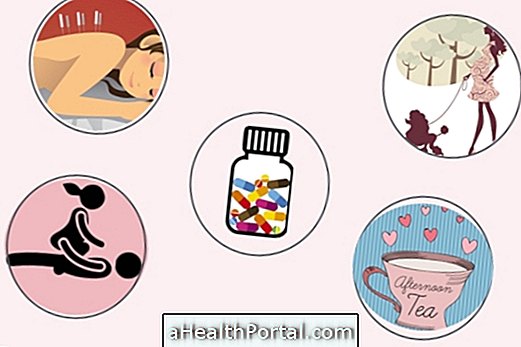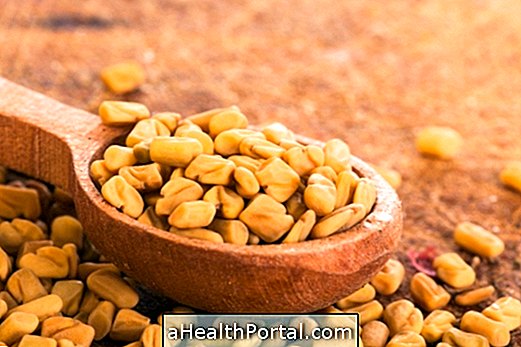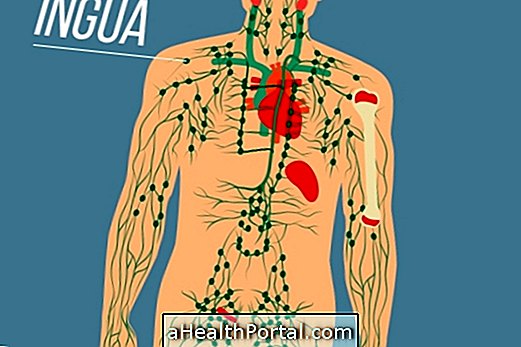Recovery after breast removal includes the use of pain relieving, dressing and performing exercises to keep the arm on the operated side from moving and moving, as it is common to remove the breast and the armpit .
Generally, most women who have had mastectomy, which is surgery to remove the breast or part of it due to cancer, recover well after the procedure and do not develop complications and usually the recovery takes between 1 month and 2 months.
However, a woman may need to undergo other treatments, such as radiation therapy and chemotherapy, as well as receiving psychological support from the family and attending psychotherapy sessions to learn how to deal with the absence of the breast. Learn more about Mastectomy.


Recovery after surgery
After surgery, hospital admission lasts 2 to 5 days, and post-operative mastectomy can cause chest and arm pain, tiredness, and discomfort. Thus, it is necessary to:
1. How to relieve pain
After removal of the breast, the woman may feel pain in the chest and arm with the sensation of numbness, which can decrease with the use of painkillers.
In addition, the woman may have phantom pain soon after surgery and remain for the next few months, causing itching, pressure and discomfort and in that case, one must adapt to the pain and sometimes take anti inflammatory.
2. When taking out the drain
After surgery, the woman gets a drain in the breast or armpit, which is a container for draining blood and fluids accumulated in the body and is usually removed before discharge.


However, the woman may have to stay with her for up to 2 weeks, even if she is at home, and in those cases it is necessary to empty the drain and register daily the amount of liquid. Read all about the drain.
3. How to treat the scar
After mastectomy it is normal for a woman to have a scar on the chest and underarm, which will depend on the location and size of the tumor.
The dressing should only be changed by doctor's or nurse's indication and usually occurs at the end of 1 week, during which time the dressing should not be wetted or injured to avoid signs of infection, such as redness, heat or yellow liquid outflow, for example, keeping it dry and covered until the skin is fully healed.
In most cases, the suture is with stitches that are absorbed by the body, however, in the case of staples, these should be removed after 7 to 10 days in the hospital and when the skin is fully healed, the skin must be moisturized daily with a cream, such as Nivea or Dove, but only after the doctor's recommendation.
4. When to wear bra
The bra should only be placed only when the scar is fully healed, and may occur at the end of 1 month.


In addition, if the woman has not yet done breast reconstruction, there are bras with a filling or prosthesis, which give a natural contour to the breast.
5. Exercises to move the arm on the affected side
Recovery from mastectomy includes daily exercise to mobilize the arm on the side of the breast that has been removed to prevent the arm and shoulder from stiffening.
Initially, the exercises are very simple and can be done in bed, however, after removing the stitches and drains these become more active and should be indicated by the doctor or physiotherapist according to the severity of the surgery. Some good exercises include:



- Raise the arms: the woman should hold on the head, with the arms stretched, a bar for 5 seconds;
- Opening and closing elbows: hands should be tucked behind head, and arms should be opened and closed, pointing elbows to the ceiling and lowering toward the bed mattress;
- Drag the arms on the wall: the woman should face the wall and put her hands on it, dragging the arms on the wall until it rises above the head.
These exercises should be done daily and should be repeated 5 to 7 times, helping to maintain the mobility of the woman's arm and shoulder.
Recovery in the months after surgery
After the surgery, the woman will need to keep some medical recommendations to fully recover.
The operated site and the other breast should be observed every month and it is important to be aware of changes in the skin and appearance of lumps, which should be reported to the doctor. So be aware of the symptoms of breast cancer.
6. Take care of the arm on the side of breast removal
After surgery the woman should avoid movements that require a lot of movement of the arm on the side that the breast was removed, such as driving. Also, do not make repetitive movements such as vacuuming, ironing or swimming.
Thus, during recovery, the woman needs help from the family to do household chores and personal hygiene.
In addition, a woman who has had her breast removed should not take injections, take vaccines, or do arm treatments on the side of removal, and be very careful not to injure her arm, as the gills on that side are less efficient.
7. Give Emotional Support
Recovering from a mastectomy can be difficult and emotionally fragile, and in order to overcome it, it is important to listen to the experience of others who have already undergone the same surgery to gain strength.
8. When to do breast reconstruction
Reconstruction of the breast can be done simultaneously with the mastectomy or a few months later and can be done with the placement of silicone prosthesis or putting body fat or muscle flap, however, the most indicated date depends on the type of cancer and must be decided with the surgeon.
See more about how breast reconstruction is done.



